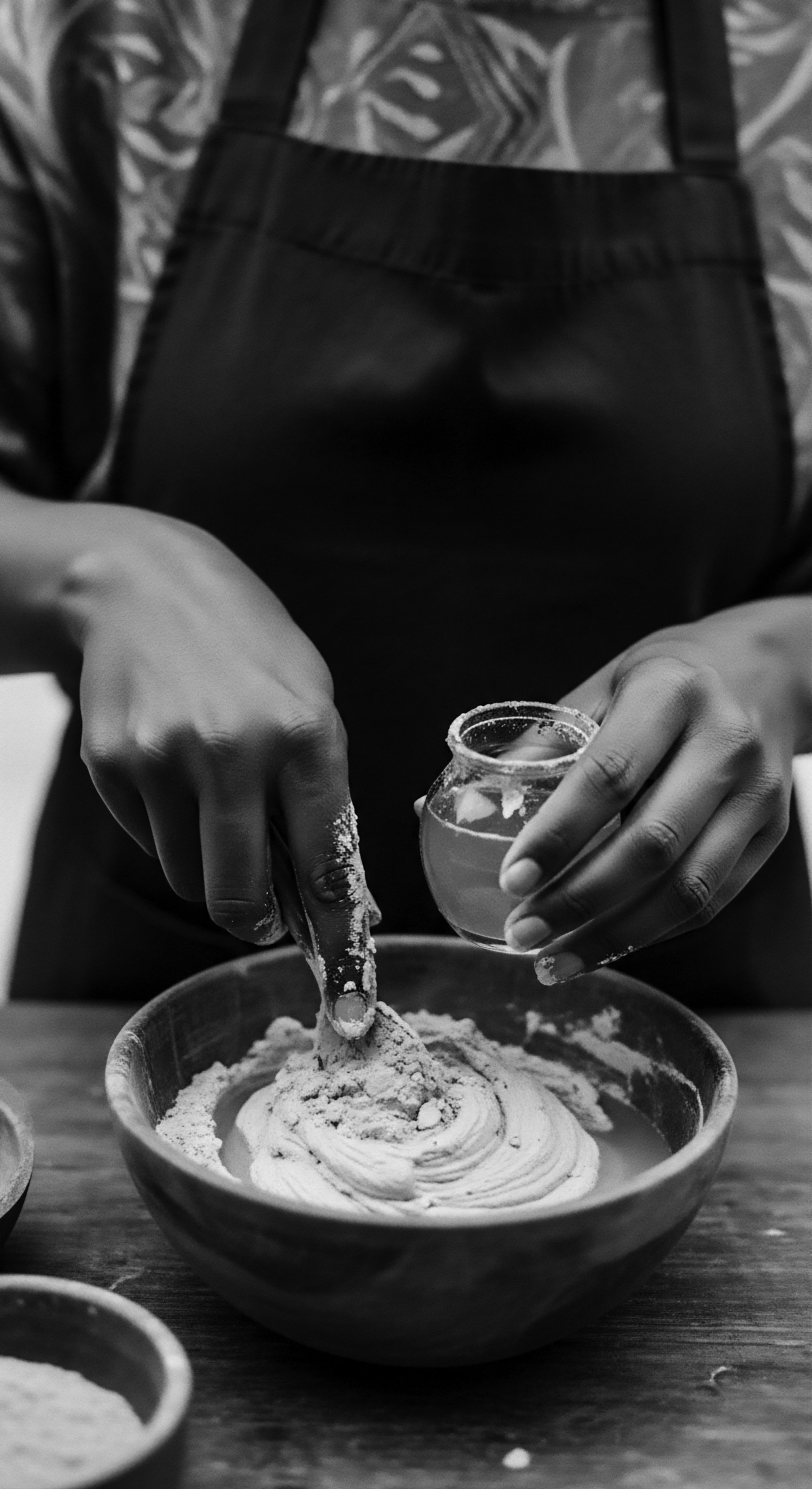
What ancient materials inspired contemporary textured hair coverings?
Ancient materials like linen, cotton, and earth pigments inspired contemporary textured hair coverings by offering foundational principles of protection and adornment, deeply rooted in heritage.
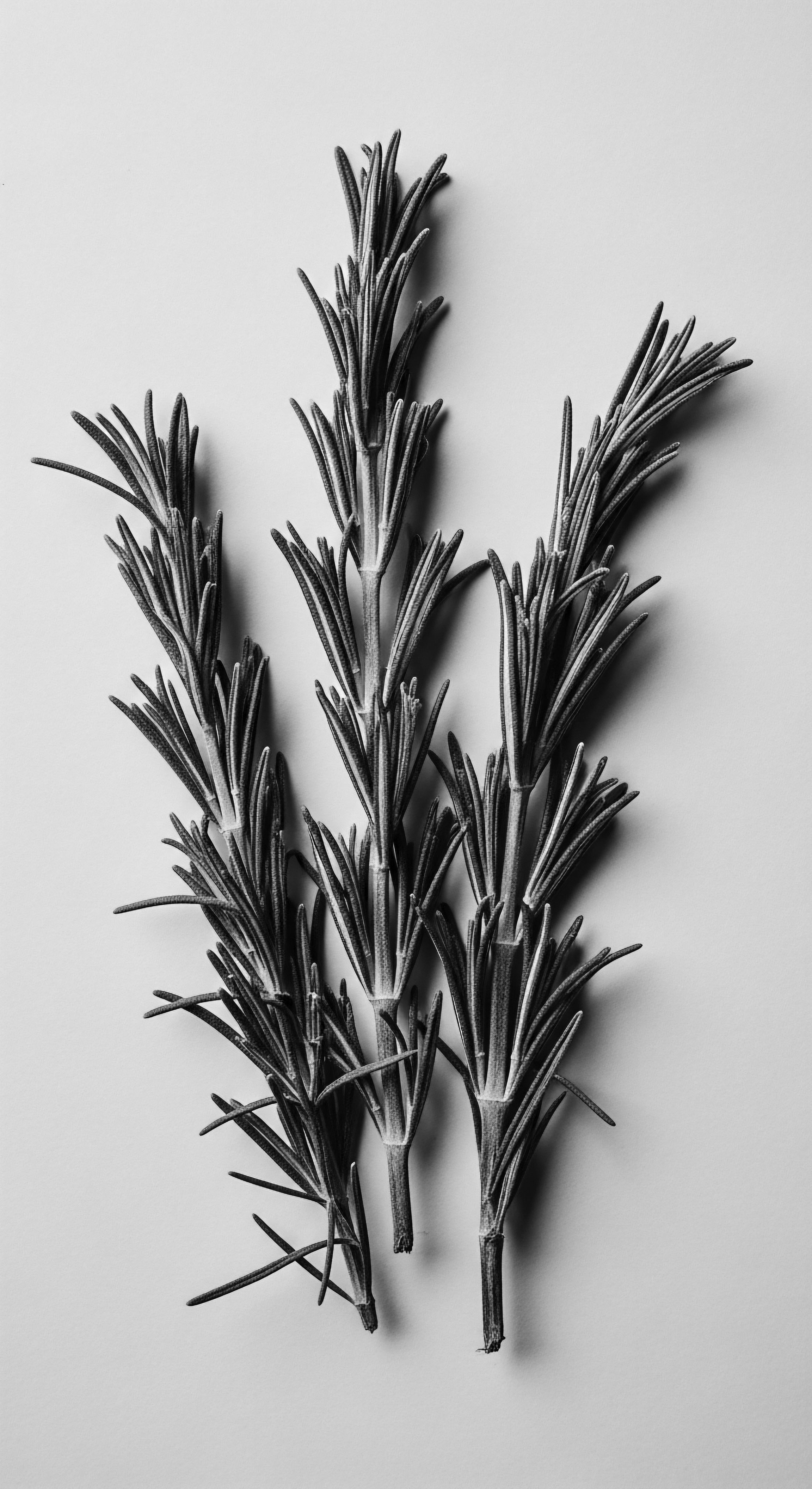
What historical textiles offered thermal benefits for textured hair?
Historical textiles like wool, silk, and plant fibers offered thermal benefits for textured hair by regulating temperature, protecting moisture, and reducing damage.

What scientific benefits did historical sleeping cap materials offer textured hair?
Historical sleeping cap materials, like silk and fine cotton, scientifically reduced friction and preserved textured hair’s moisture, honoring ancestral heritage.
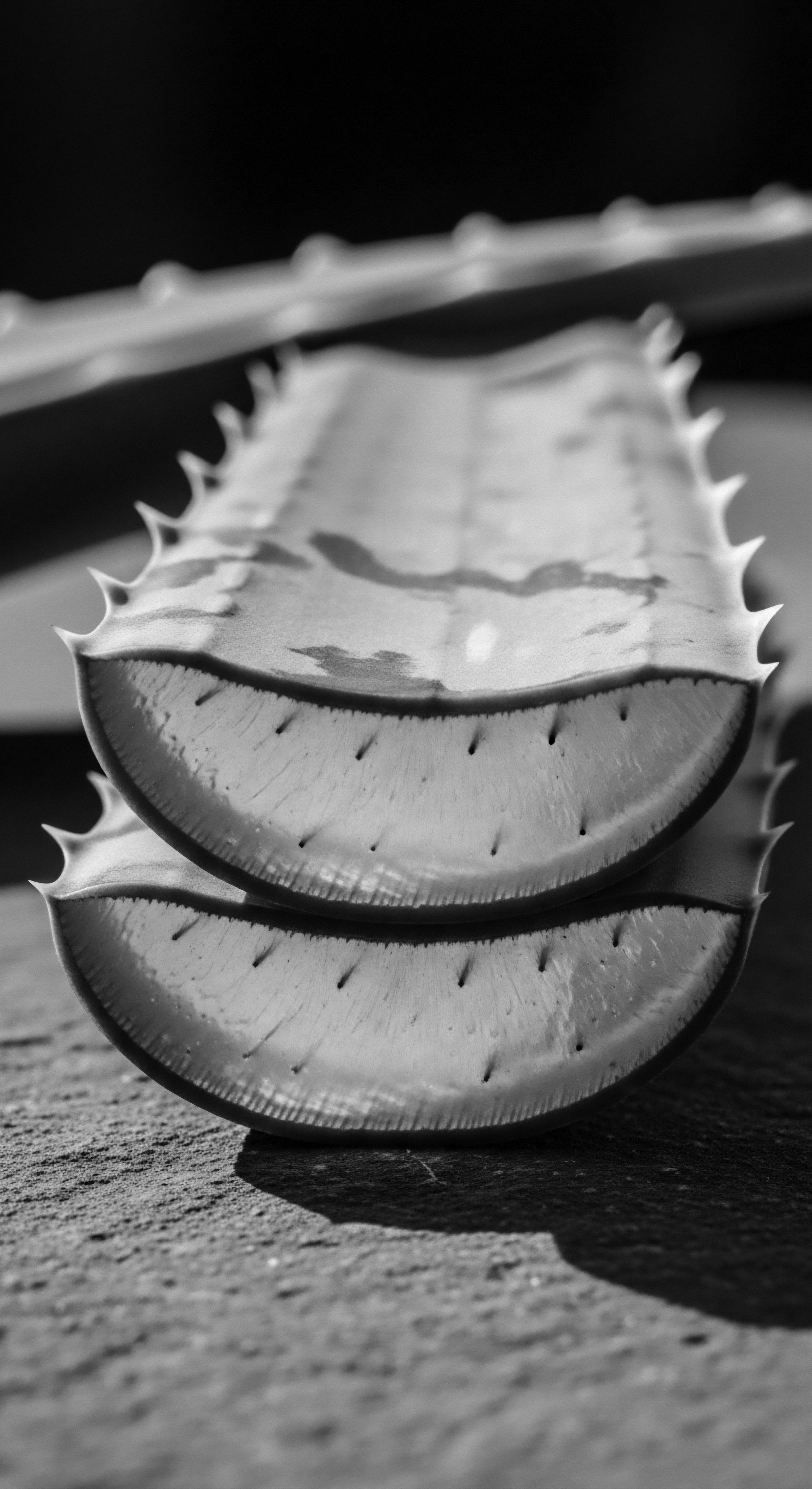
What ancestral practices align with silk’s scientific benefits for textured hair?
Ancestral practices for textured hair, often employing protective styles and natural fibers, mirror silk's benefits in friction reduction and moisture retention.
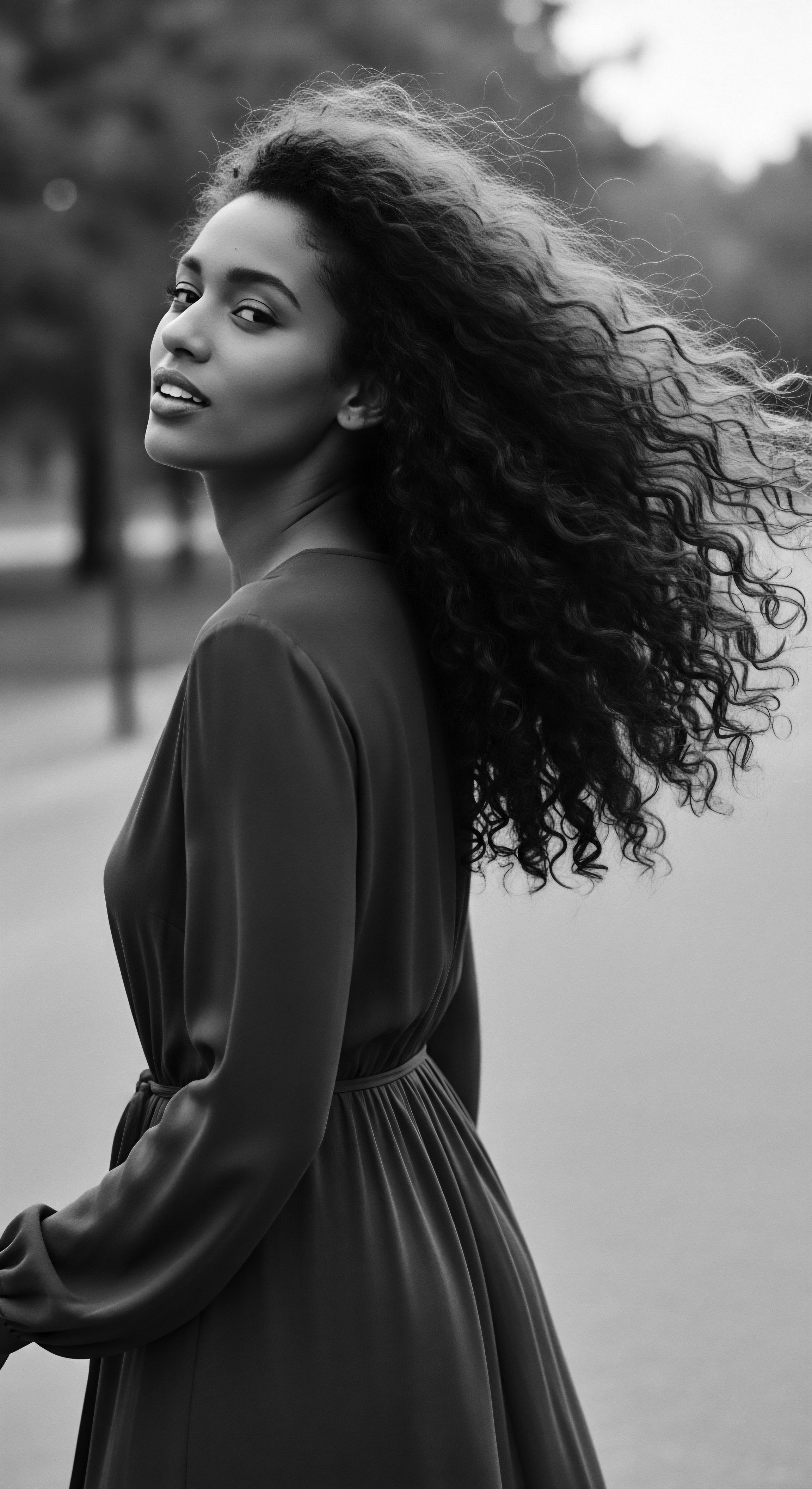
How did traditional headwraps offer sun defense for textured hair?
Traditional headwraps provided sun defense for textured hair by creating a physical barrier from UV rays, often with dense, layered fabrics and botanical applications rooted in ancestral wisdom.
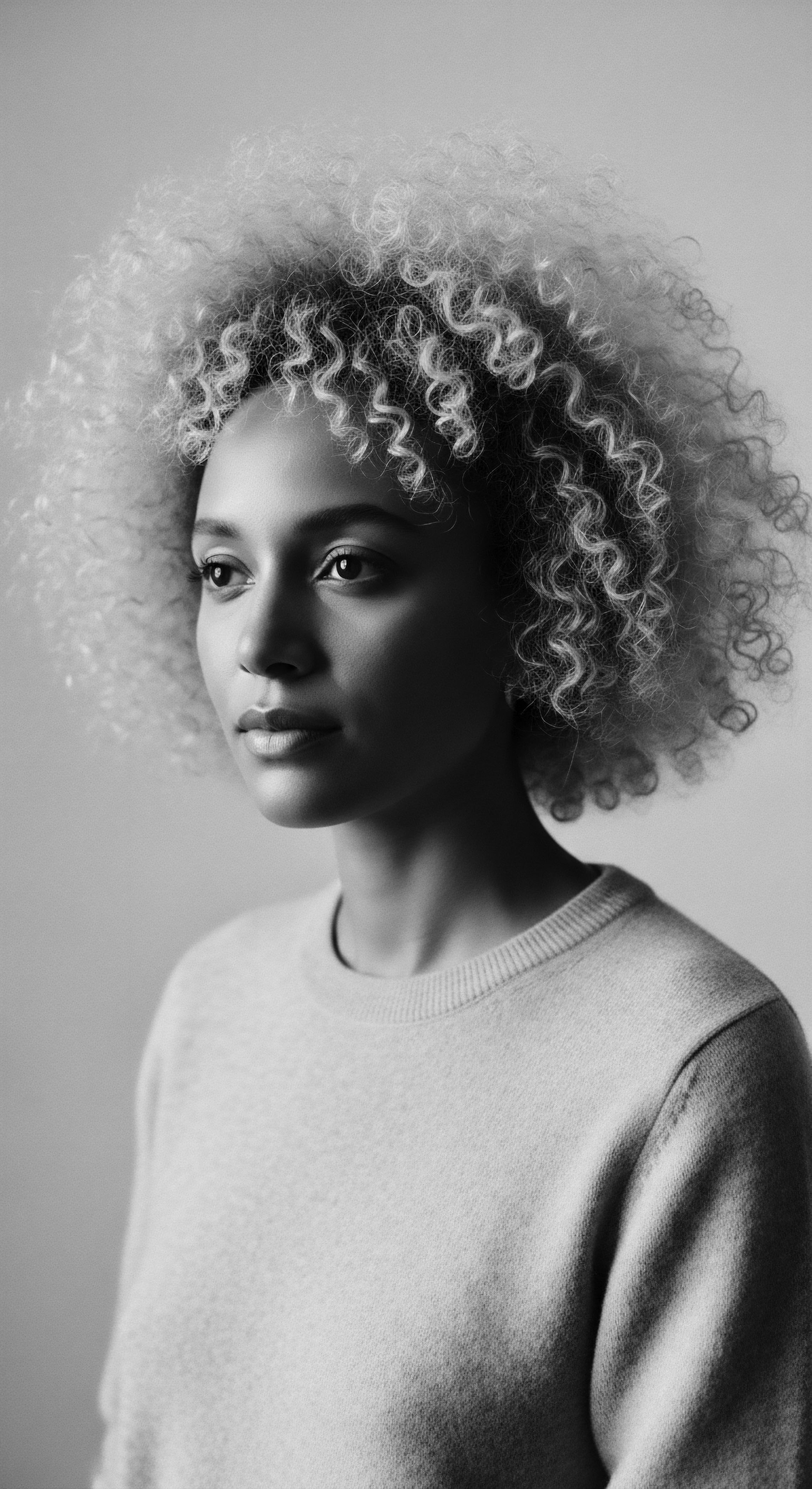
Which natural fabrics protect textured hair?
Smooth, non-absorbent natural fabrics like silk provide gentle protection for textured hair, honoring ancestral care practices and preserving moisture.

